What I Learned From One Day At APEX, And What It Means For You As A Traveler

While I write quite a bit about miles and points, I’m interested about all facets of aviation. I consider myself knowledgable about plenty of things aviation-related, but I want to learn more about some of the technical aspects of passenger experience, such as in-flight connectivity. I took a day out of my schedule recently to learn a bit more.
I asked fellow blogger Seth Miller (the Wandering Aramean) when would be a good time to tag along with him at a show. I was sure to need a translator on some things and his focus on PaxEX, both on his blog and places like Runway Girl Network made him a good candidate. The show I chose was the APEX Expo (Airline Passenger Experience Association’s conference) in Portland, OR.
I ended up hanging out with Seth as well as Mary, John, Jason and Tomas from Runway Girl for most of the time I was there, and I learned a bunch. I was originally going to make this a series of posts. But, frankly, things were too much of a whirlwind to really dig deeply in many areas, so I’m going to summarize some of the highlights that I think matter to travelers here, divided up into a few different categories:
Panasonic and Gogo have very different approaches to trade shows.
These were pretty much the two of the biggest and most prominent booths at the show. Panasonic had a curtain around virtually the entire booth and heavily restricted access. Gogo, on the flip side, had a completely open booth with lots of easy to understand visual elements. And, plenty of fun, like massage chairs and Scott tracking all the Gogo social media mentions worldwide.
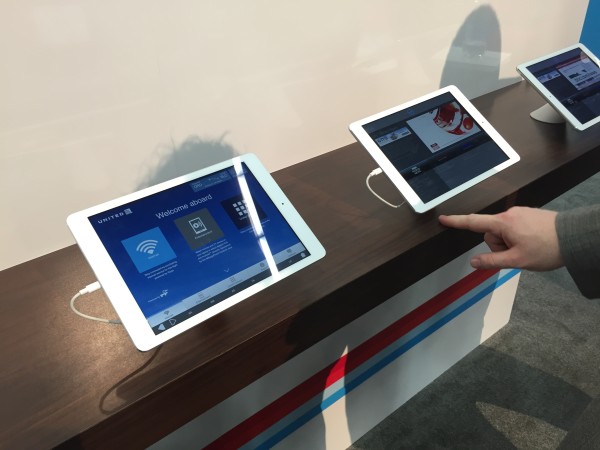 One of the cool things on display at the Gogo booth was the actual 2Ku antenna and radome assembly they’re rolling out. 2Ku is one of the promising next generation solutions that will be rolling out to aircraft in the domestic US soon. There’s plenty of banter between Panasonic and Gogo about what’s better, but the bottom line for customers is that better data speeds are coming. Does that mean lower pricing? That remains to be seen.
One of the cool things on display at the Gogo booth was the actual 2Ku antenna and radome assembly they’re rolling out. 2Ku is one of the promising next generation solutions that will be rolling out to aircraft in the domestic US soon. There’s plenty of banter between Panasonic and Gogo about what’s better, but the bottom line for customers is that better data speeds are coming. Does that mean lower pricing? That remains to be seen.
2Ku involves a dual antenna array that utilizes one antenna solely for upload while the other handles downloads. The rollout will feature speeds of up to 70Mbps and helped win Gogo the APEX award for best achievement in technology. They’ve also got a great breakdown on their website of how all the pieces come together to serve up your in-flight entertainment.
This, along with being able to deliver content directly to your mobile device and variable packages for things like texting, position Gogo with a number of ways to serve airlines and make money doing so.
Panasonic has more market share than I thought, and an exciting exclusive relationship.
Panasonic held a presentation for media folks and went over a bunch of numbers. There are lots of ways to bend numbers. According to this slide, Panasonic believes they have over half the market in Inflight Wi-Fi. I’m not sure which number I believe less, Panasonic’s 51% share or Gogo’s 6% share. Gogo has Delta and American’s entire fleet. And, while Panasonic has more customers than I thought, I’ve got to think these numbers (51% and 6%) are closer when using a more balanced metric.
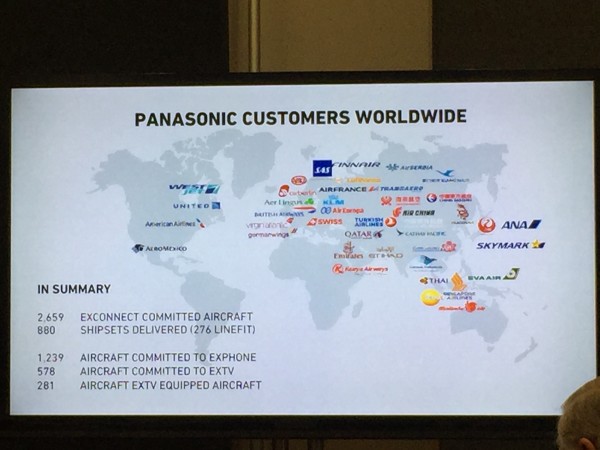 Panasonic also has a partnership that locks up a whole slew of sports broadcasting for the next 5 years, including World Cup, Wimbledon, NFL, NBA and the 2016 Olympics.
Panasonic also has a partnership that locks up a whole slew of sports broadcasting for the next 5 years, including World Cup, Wimbledon, NFL, NBA and the 2016 Olympics.
They’ll be rolling out a product where, in certain situations, they can offer two live sporting events at the same time. That looks to be something where they’ll be dictating what live matches they offer to airlines. They also believe the in-flight entertainment portion of your flight should start in your home, where you could browse available content and create a “play list”, then could transition to the airport lounge where you can start watching that content and continue once you board the plane.
There are strong and differing opinions on how to charge customers.
Over the course of the day I spent talking to folks in the industry, there were two prevailing schools of thought. They revolved around whether or not to charge customers by the Megabyte. Think about early data contracts for cell phones, where you used to buy a chunk of data (a very small chunk) each month, and then pay for any overage.
Some companies believe this is the best path forward, while others believe in a flat fee or a tiered approach. Not surprising, the satellite guys seem to favor a broader model (not charging the end-user by the byte) where providers further downstream seemed more likely to support a metering model.
I don’t really think most customers understand how much data they consume per instance (downloading e-mail attachments, for example). I think by pricing connectivity in this fashion, providers risk alienating the casual customer who might sign up to text or surf social media sites. The business traveler is less price-sensitive, so might be fine with a metered model. But, I get the sense that for the expansion of faster in-flight Wi-Fi to be successful, the major players need folks not wearing business suits to be repeat customers.
As it stands today, the domestic US carriers have approached Wi-Fi pricing in a number of different ways:
- Delta and American Airlines are fully operational with Gogo. Pricing on these aircraft vary by route and include Gogo’s monthly pass options as well.
- Southwest offers free live TV and charges $8 per device per day for Wi-Fi
- JetBlue offers their entry-level FlyFi service for free right now, and it seems to be pretty great speed-wise. They do charge for a higher tier though I’m not sure most folks would need it.
- United, when their internet works (which isn’t often), has a variety of plans, including charging by the flight segment and by the hour, as well as a “light” and “heavy” usage pack.
I’ve only had a handful of international flights with internet capability. I found the pricing to be about what I’d expect, more than a domestic US flight but not outrageous for the number of hours of connectivity.
The next couple of years should prove to be interesting for in-flight connectivity. It’s certainly an area that airlines believe can help them differentiate themselves from their competition and/or use to attract business.
One last tidbit that came out of the show without a lot of context. One of the vendors there announced they had a deal with a major studio for early release of video content that could be played on a personal device. In the past, the major studios haven’t wanted to go this far, releasing content that’s either still in the theater or recently removed from the theater pending a release on video.
It was only a few months ago that Paramount struck a deal to shorten the time from the big screen to the small screen, so these barriers are starting to come down. It’s also unclear to me how valuable it is for an airline to be able to offer you a movie weeks earlier than you can get it elsewhere. It falls in the “nice to have” category, but I suspect you’re not changing your routing or picking a new preferred airline because of such a change.
Lots of interesting things happening right now that will improve the passenger in-flight experience immensely. Since coach seats aren’t getting bigger anytime soon, distracting you from that with faster Wi-Fi and a better selection of content seems to be the strategy du jour.
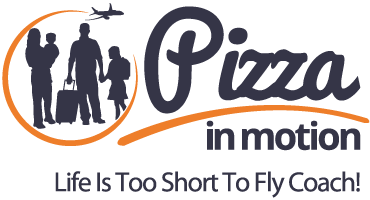
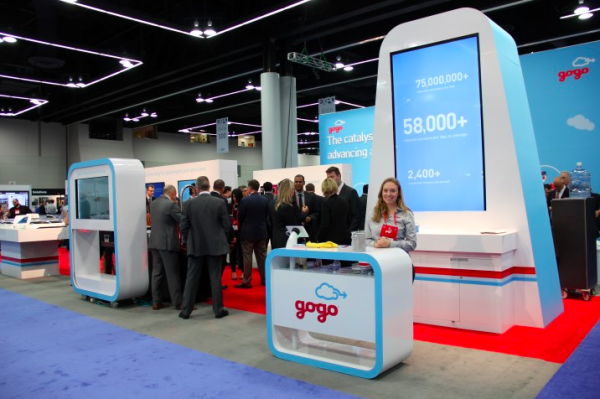
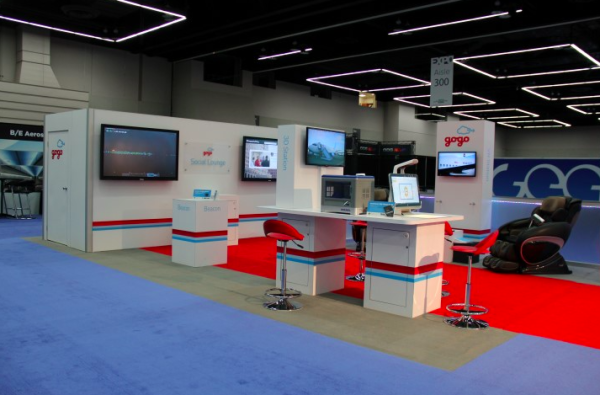
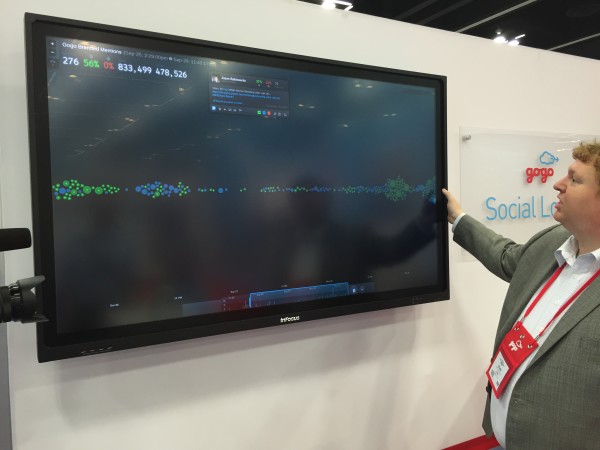
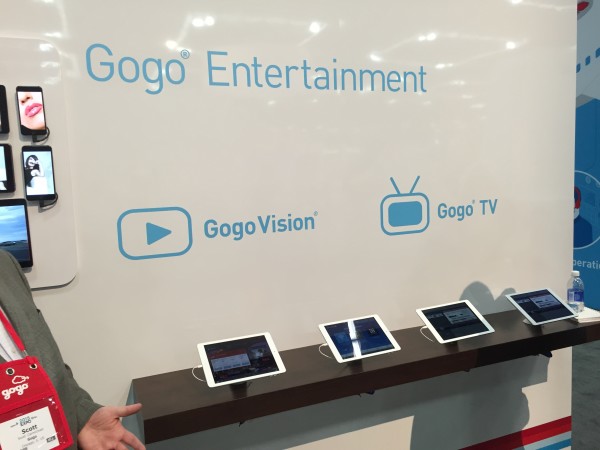
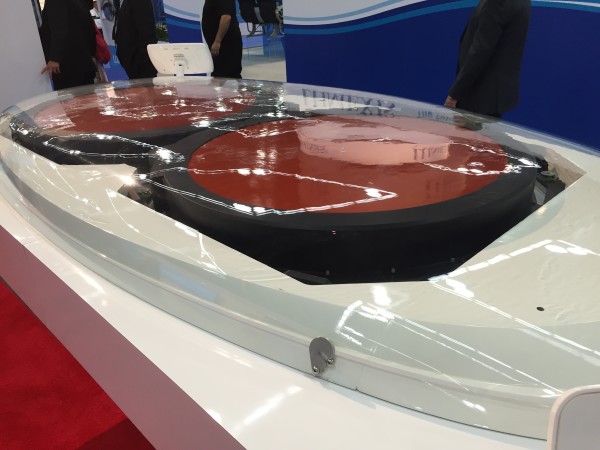
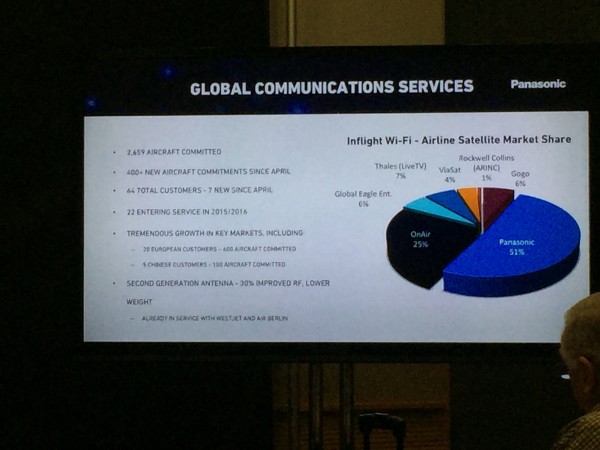
Great to have you along for the fun…and it was a lot of fun.
The Panasonic numbers exclude ATG connectivity so that’s why it looks to have such a massive portion of the market. If you add in the 2200ish ATG planes in the USA then Panasonics ~1000 satellite connections is a much smaller number.
As for the JetBlue FlyFi paid option, it is not about higher speed. It opens up access to a VPN or other ports which are blocked on the free version. But the speed is the same. I’ve only ever paid for it once and that was because I have remote access on a server on a custom port.
The pricing debate is one of the most interesting ones to me. There’s a lot going on there right now with mostly verbal sparring back and forth. My latest on that hit RGN today (http://www.runwaygirlnetwork.com/2015/10/15/battle-is-brewing-over-inflight-connectivity-pricing/) and clearly both sides are very opinionated. And, for obvious reasons, twisting the details to meet their world view.
Panasonic not including ATG in their numbers certainly makes a lot more sense.
On FlyFi, they list “download large files” as one of the benefits, that’s where I assumed it was a bigger pipe. Maybe they cap file size on the free version or block Dropbox?
Gotta go read some RGN!